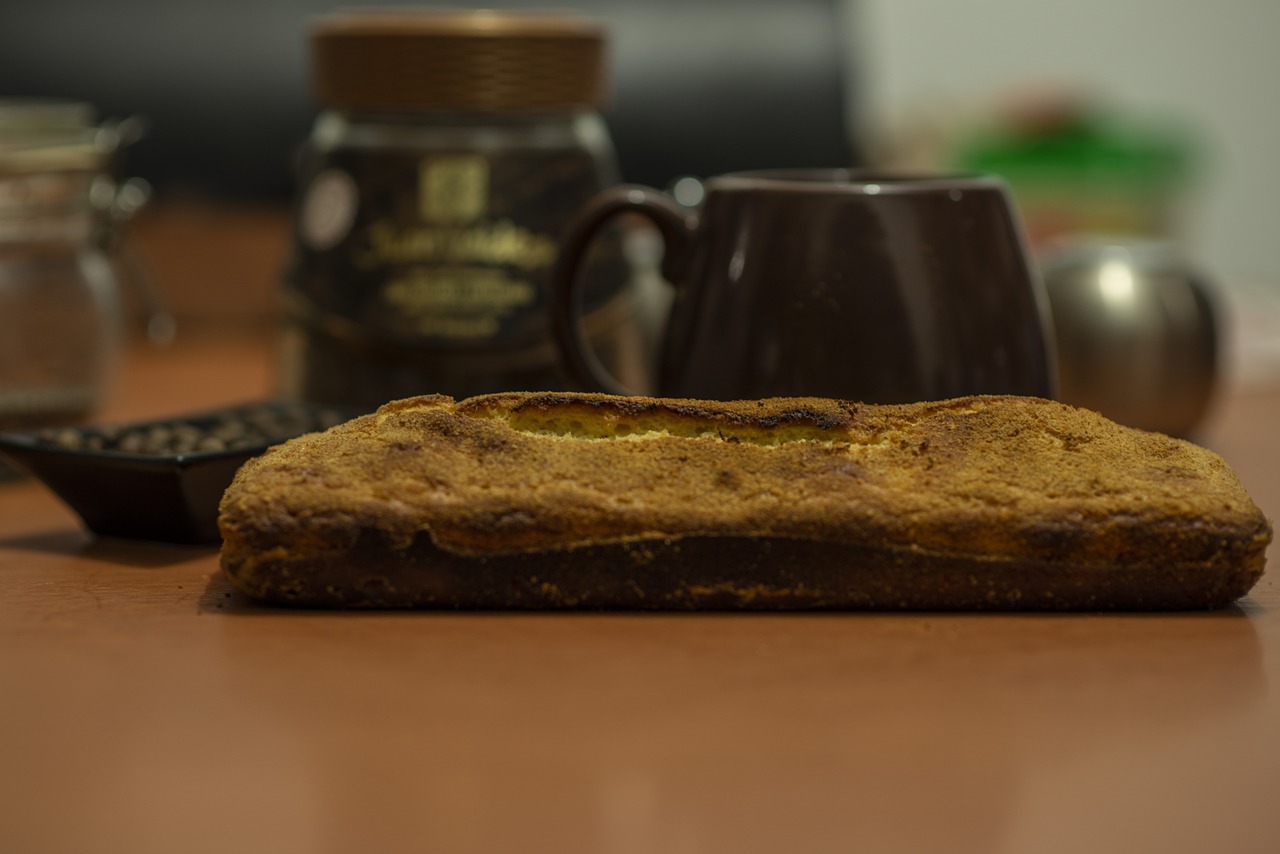Mold-Free Home Study Spaces: Scholar’s Sanctuaries
99 exchange bet, laser247 register, yolo247:As students around the world prepare for a new school year, creating a conducive study environment is essential for academic success. One factor often overlooked in setting up a study space is the presence of mold. Mold can not only damage your belongings but also pose health risks such as allergies and respiratory problems. In this article, we will provide you with tips on how to create a mold-free home study space, ensuring that your scholar’s sanctuary is conducive to learning.
1. **Understanding Mold**
Before we dive into creating a mold-free study space, it’s important to understand what mold is. Mold is a type of fungus that thrives in damp and humid environments. It reproduces by releasing spores into the air, which can cause allergic reactions and respiratory issues when inhaled. Mold can grow on a variety of surfaces, including walls, ceilings, carpets, books, and even furniture.
2. **Identifying Mold**
The first step in creating a mold-free study space is to identify any existing mold in your home. Look out for musty odors, water stains on walls or ceilings, and any visible signs of mold growth. Common places where mold may grow include bathrooms, kitchens, basements, and areas with poor ventilation.
3. **Preventing Mold**
Prevention is key when it comes to mold. Here are some tips to prevent mold growth in your home study space:
– Keep humidity levels below 60% by using a dehumidifier.
– Ensure proper ventilation by opening windows or using exhaust fans.
– Fix any leaks or water damage promptly.
– Clean and dry any spills or water damage within 48 hours.
– Use mold-resistant paint on walls and ceilings.
4. **Creating a Mold-Free Study Space**
Now that you’ve identified and prevented mold growth in your home, it’s time to create a mold-free study space. Here are some tips to help you set up a scholar’s sanctuary free from mold:
– Choose mold-resistant materials for furniture, such as wood or metal.
– Opt for easy-to-clean surfaces like laminate flooring or washable rugs.
– Keep your study space clutter-free to prevent mold from hiding in piles of papers or books.
– Regularly clean and dust your study area to prevent mold spores from settling.
– Keep indoor plants to a minimum, as soil can harbor mold spores.
5. **Maintaining a Mold-Free Environment**
Once you’ve set up your mold-free study space, it’s important to maintain it regularly. Here are some tips for ongoing maintenance:
– Regularly clean and dust your study area.
– Keep windows open for ventilation whenever possible.
– Watch out for any signs of mold growth and address them promptly.
– Use a HEPA air purifier to remove mold spores from the air.
– Consider investing in a hygrometer to monitor humidity levels in your study space.
6. **FAQs**
Q: Can mold affect my health?
A: Yes, mold can cause allergies, respiratory issues, and other health problems if inhaled or touched.
Q: How do I clean mold from my study space?
A: Use a mixture of water and detergent to clean mold from hard surfaces, and consider hiring a professional for larger mold infestations.
Q: Can mold be completely eradicated from my home?
A: While it’s difficult to completely eradicate mold spores, you can prevent mold growth by following the tips outlined in this article.
In conclusion, creating a mold-free home study space is essential for a healthy and productive learning environment. By understanding mold, identifying and preventing its growth, and maintaining a mold-free study space, you can ensure that your scholar’s sanctuary is conducive to learning. By following the tips and guidelines in this article, you can create a mold-free study space that fosters academic success and well-being.







